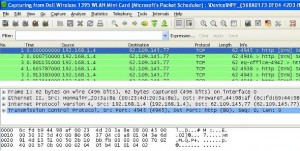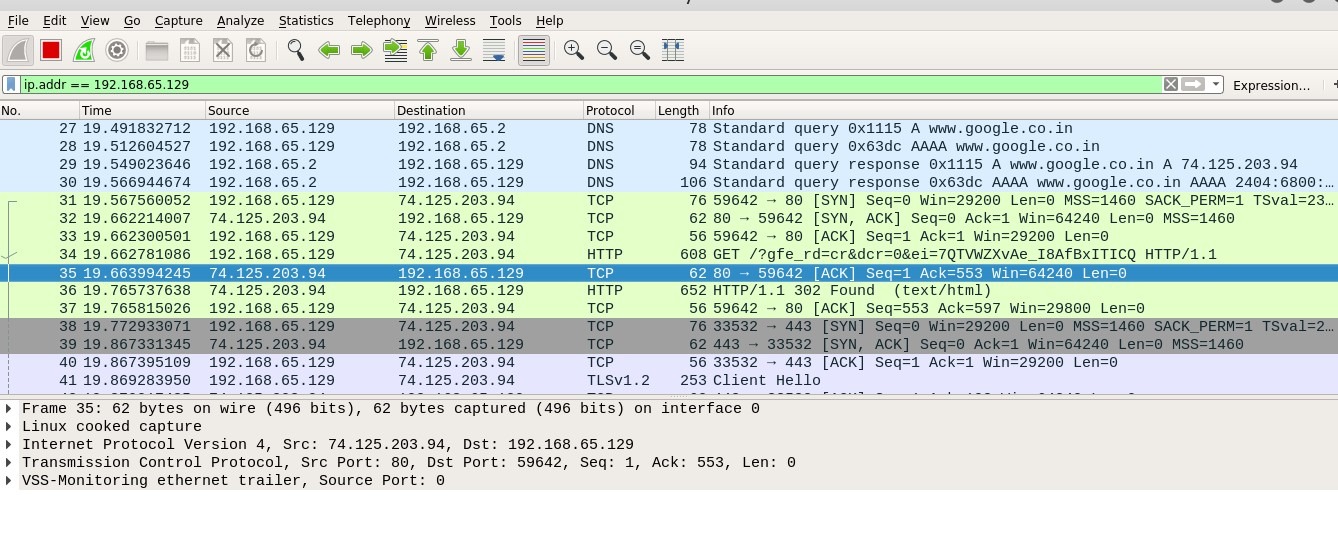
:max_bytes(150000):strip_icc()/wireshark-display-filters-59512e443df78cae8136b049.png)
That is, a syntax of byte offsets, hex values, and masks associated with true values to filter the data.

Wireshark capture filters use the same syntax as tcpdump, the libpcap filters. In addition to the display filters described above, which reduce the packets displayed, filters can be applied the moment that traffic recording begins these are called capture filters, ensuring that network data is limited to the desired selection. If the filter is invalid, the area is highlighted in red. To check if the selected filter is correct, the filter toolbar turns green. Here, predefined operators can be selected and linked. This dialogue box opens when the term 'Expression' is right-clicked in the filter toolbar. Initially, it is easier to use Wireshark's Expression Builder dialogue box to add an expression to the display filter. Condition 1 states that the source IP address of the packets must be 10.17.2.5 and condition 2 specifies that the protocol must be TCP and the destination port must be 80.Īny number of conditions can be linked to further limit the selection of traffic displayed.Īs a skilled Wireshark user, expressions can be applied freely from memory. In this example, the conditions are linked with 'and'. Wireshark's filter syntax provides for parentheses, logical operators such as 'and' 'or', and comparison operators such as = or !=.įor example, if you want to show 'any TCP traffic from IP address 10.17.2.5 to port 80', the translation to Wireshark's filter syntax is ip.src = 10.17.2.5 and tcp.dstport = 80.

In addition to using simple filters, conditions can also be linked.


 0 kommentar(er)
0 kommentar(er)
